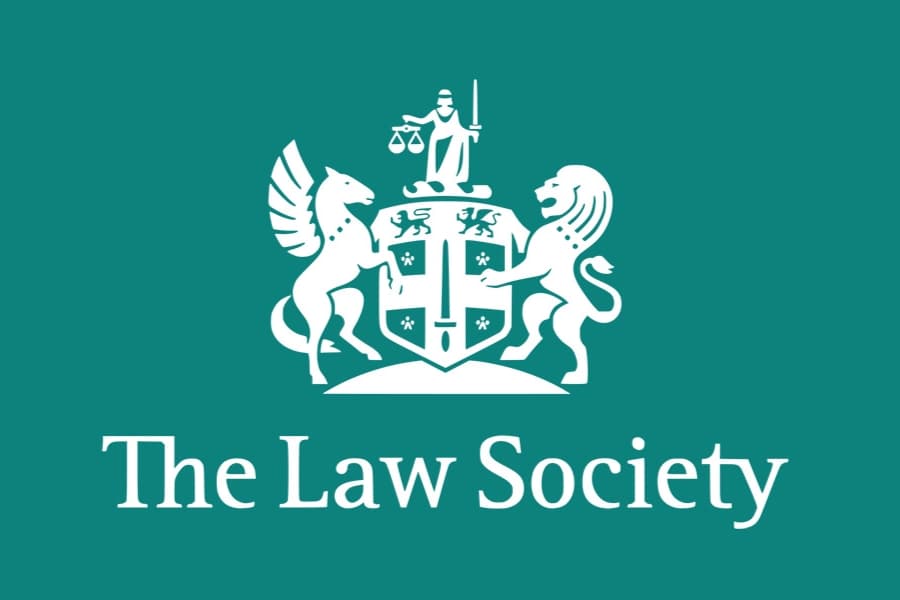Introduction
All conveyancers know that an easement will be binding on a buyer of land – assuming that it is entered on the register or that it satisfies the requirements for an overriding interest. We all know that a restrictive covenant will be binding on a buyer if it is entered on the register. Equally, we all know that a positive covenant will normally not be binding on a buyer. But how many of us remember from when we learnt about land law that an ‘easement of fencing’ was permissible? This, of course, begs the question as to what exactly is the difference between an easement to fence – which will be binding upon a buyer, and a covenant to fence, which will not? A recent High Court case suggests very little – and easements to fence may be much more common than we realise.
THE CASE – Churston Golf Club v Haddock [2018] EWHC 347 (Ch) (Birrs J.)
This was an appeal from the judgment of HHJ Carr in the County Court at Torquay and Newton Abbott. It was a dispute about the obligation to fence the boundary between two parcels of land. The judge held that Golf Club owed an obligation to fence the boundary.. In 1972 the golf club land had been sold to the County Borough of Torbay. The conveyance contained a clause which the judge held created a fencing easement. The clause is as follows:
“The Purchaser hereby covenants with the Trustees that the Purchaser and all those deriving title under it will maintain and forever hereafter keep in good repair at its own expense substantial and sufficient stock proof boundary fences walls or hedges along all such parts of the land hereby conveyed as are marked T inwards on the plan annexed hereto”
Mr Haddock is a successor in title to the Trustees named in the clause. The current freeholders are Torbay Borough Council and the Golf Club is a tenant of the Borough Council. (The Borough Council were initially involved in the case, but it settled with the Claimant)
The judge held that the burden of that easement passed on to the defendant.
The Golf Club appealed.
There were two issues (i) whether it is legally possible for a clause in a conveyance to create a fencing easement at all, and (ii) whether on its true construction the clause had that effect.
The appellant contended that the answers to these points are (i) no, it is not legally possible and (ii) in any case even if it is possible, this clause– which is on its face a covenant not a grant – has not done so.
The defendant accepted that fencing easements are possible but claimed that they could arise only by prescription. This was dismissed by the judge. The whole theory of prescription is based on the presumption that there had been a grant. ‘Given that, then it seems to me that it must be possible for two parties to actually create such a right by grant in a conveyance’.
So, did the wording of this conveyance create an easement; it was, after all worded as a covenant? The judge accepted that it might have been clearer had the word ‘easement’ been used, but this was not essential. Relying on 19th Century cases, Birrs J held that ‘It is clear law … that clauses in a deed which conveys property can be construed as a grant of an easement even though they are framed expressly in terms as a covenant and even though the word “covenant” is used’.
So was this a covenant or an easement? The inclusion of the provision ‘forever hereafter’ in relation to the duration of the obligation to fence was the key factor. ‘The wording could not be clearer’. Further, there are four requirements for an easement. There must be a dominant and servient tenement, the easement must confer a benefit on or “accommodate” the dominant tenement, the dominant and servient tenements must not be owned or occupied by the same person, and the easement must be capable of forming the subject-matter of a grant. All four requirements are satisfied in the clause. An easement had been created that was binding upon the defendant.
CONCLUSION
So it seems that in future we will have to be careful in advising buyer clients about fencing. That fencing covenant may well be an easement and thus binding upon them.




















